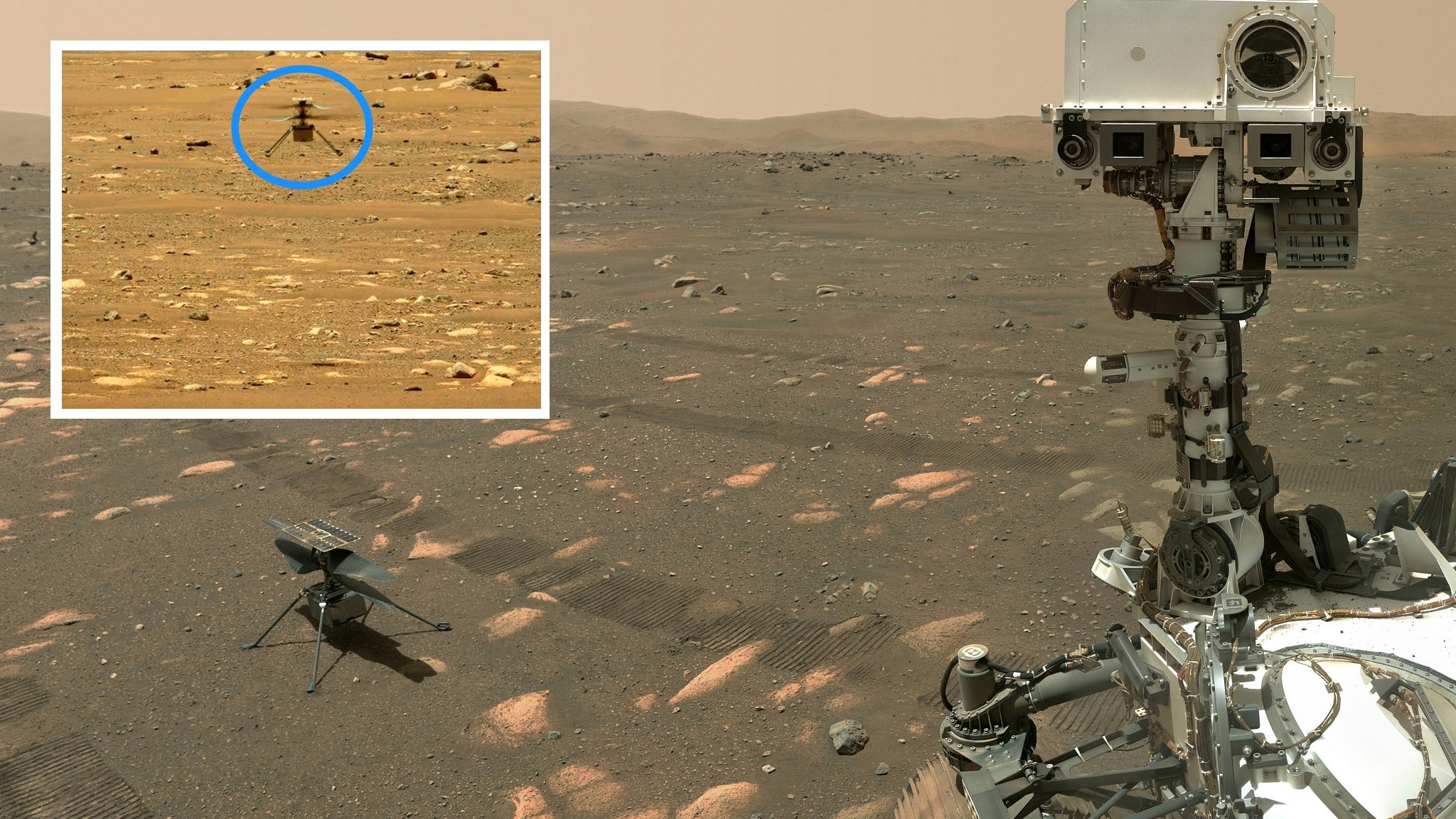According to those who have seen previous endings, tears will most certainly flow at NASA’s Jet Propulsion Laboratory in Pasadena, Calif., as the very successful Mars helicopter Ingenuity transmits its final message and becomes silent on the Red Planet.
While the end of any space mission can be emotional due to a change in routine and the departure of colleagues, Ingenuity stands out because it has pioneered a new type of robotic exploration and exceeded all expectations, according to Christopher Hamilton, associate professor of planetary sciences at the University of Arizona.
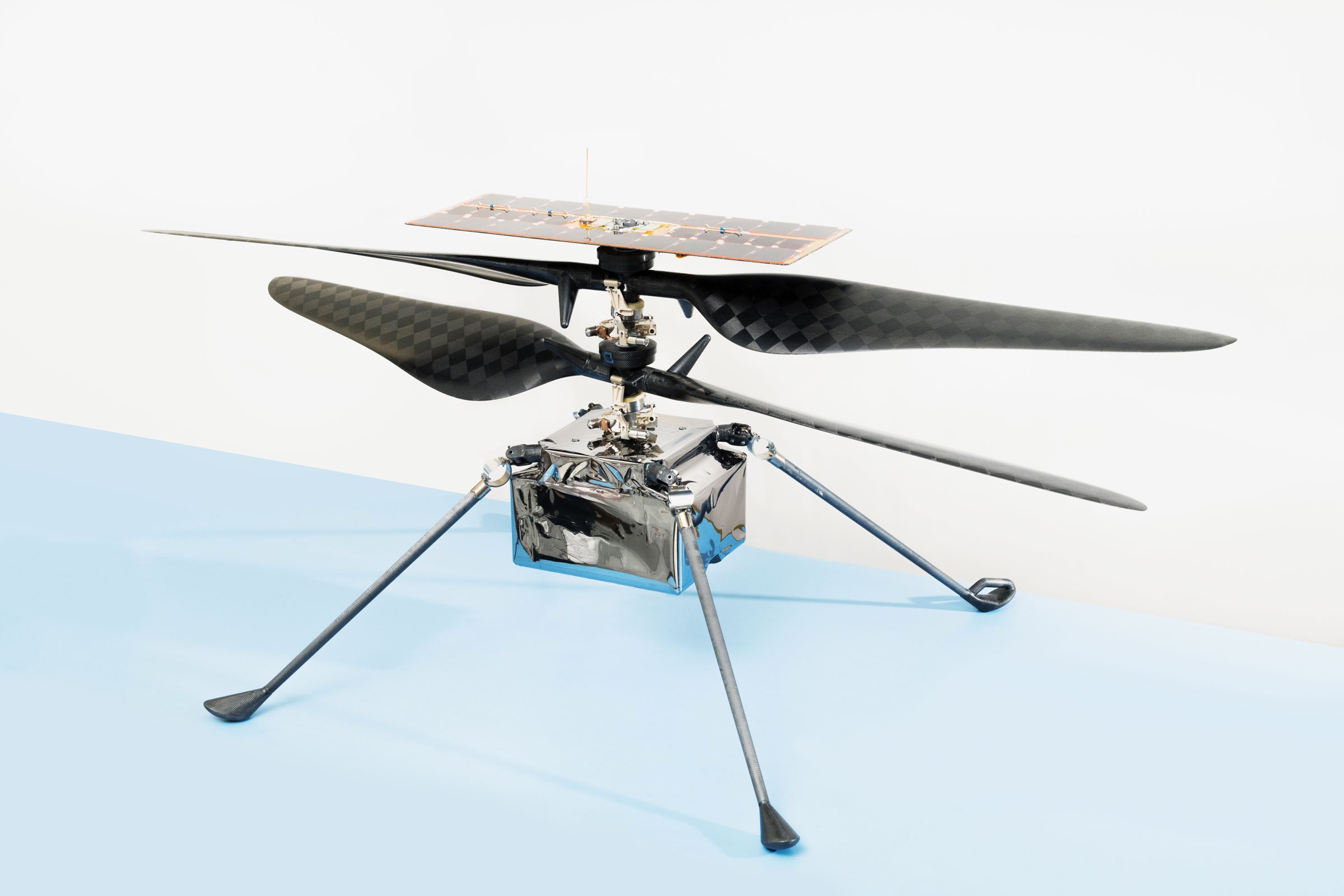
With its 17th trip in the Red Planet’s Jezero Crater this past weekend, NASA’s Ingenuity team scored another victory, when it flew across some hills that momentarily disrupted radio communication. The little, 4-pound aircraft, on the other hand, seemed to be unharmed, according to NASA.
Ingenuity was built to fly for 30 days in order to show that an aircraft of this size could navigate through the thin Martian atmosphere. However, the mission has lasted more than 7 1/2 months, seen the changing of seasons on Mars, endured a near-total communications outage during solar conjunction, and conducted critical reconnaissance for the Perseverance rover.
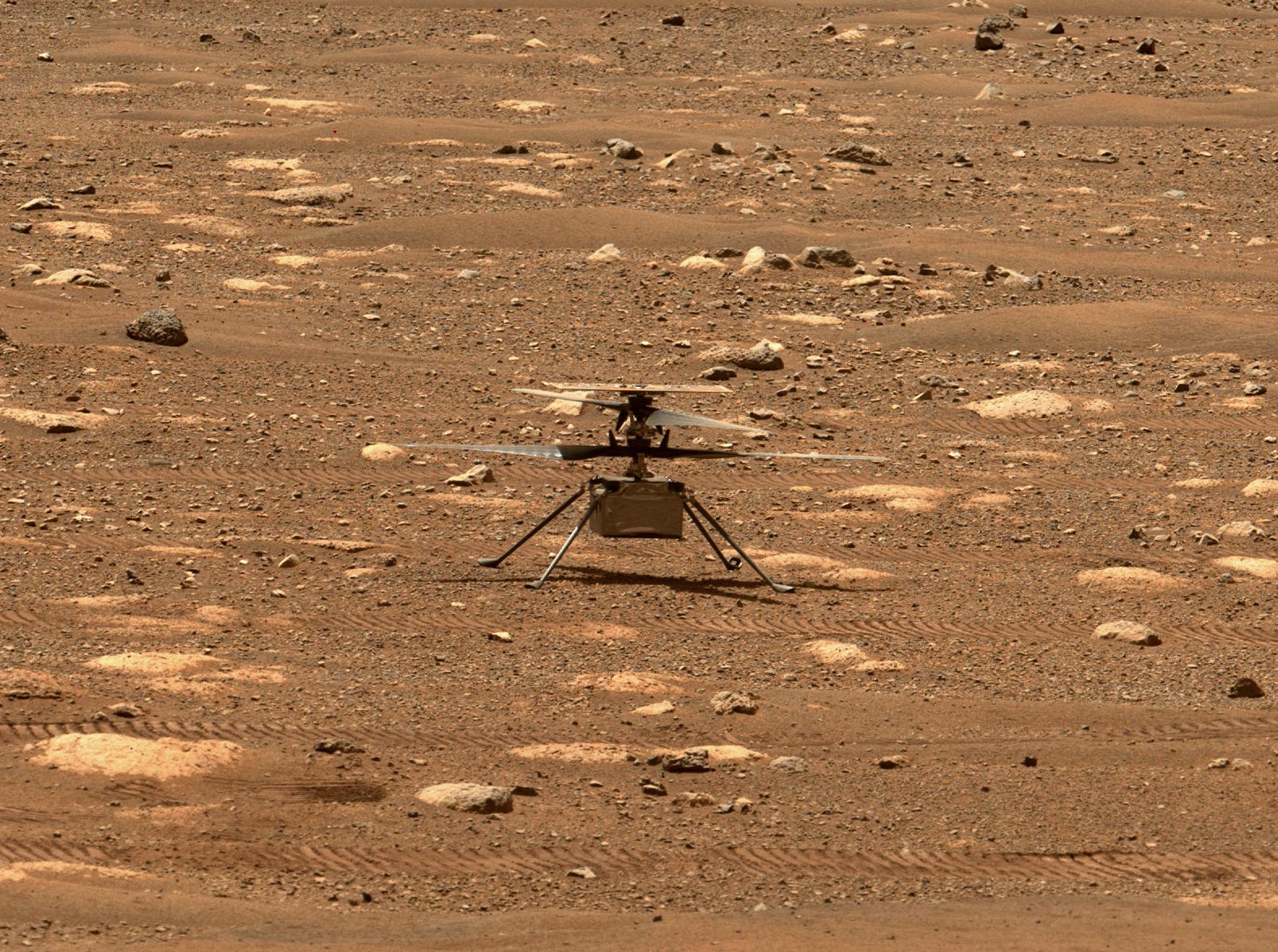
Both the rover and the chopper are now concentrating their efforts on locating fascinating rocks for the rover to drill in the search for ancient traces of life.
“There will be a combination of feelings when Ingenuity makes its last flight on Mars,” Hamilton said in an interview. “There will be regret that such an extraordinary spacecraft has reached the end of its trip, but also victory in that Ingenuity launched a new paradigm in Mars exploration.”
Because he is directing a project at the University of Arizona to research how rovers and planes, or several robotic explorers, may travel to other planets in the future, Hamilton has been paying careful attention to Ingenuity.
According to the university’s Lunar & Planetary Laboratory, the Rover-Aerial Vehicle Exploration Network, or RAVEN, is funded by NASA and will deploy drones on exploration missions “over a huge lava field to test a next-generation Mars exploration idea.”
“The accomplishments of Ingenuity cannot be emphasized,” Hamilton added, “and it will be recognized as one of the great pioneering boats of all time.” “Ingenuity will make its last flight on Mars one day, but it will not be the last aircraft to fly over the Red Planet — it will just be the beginning.”
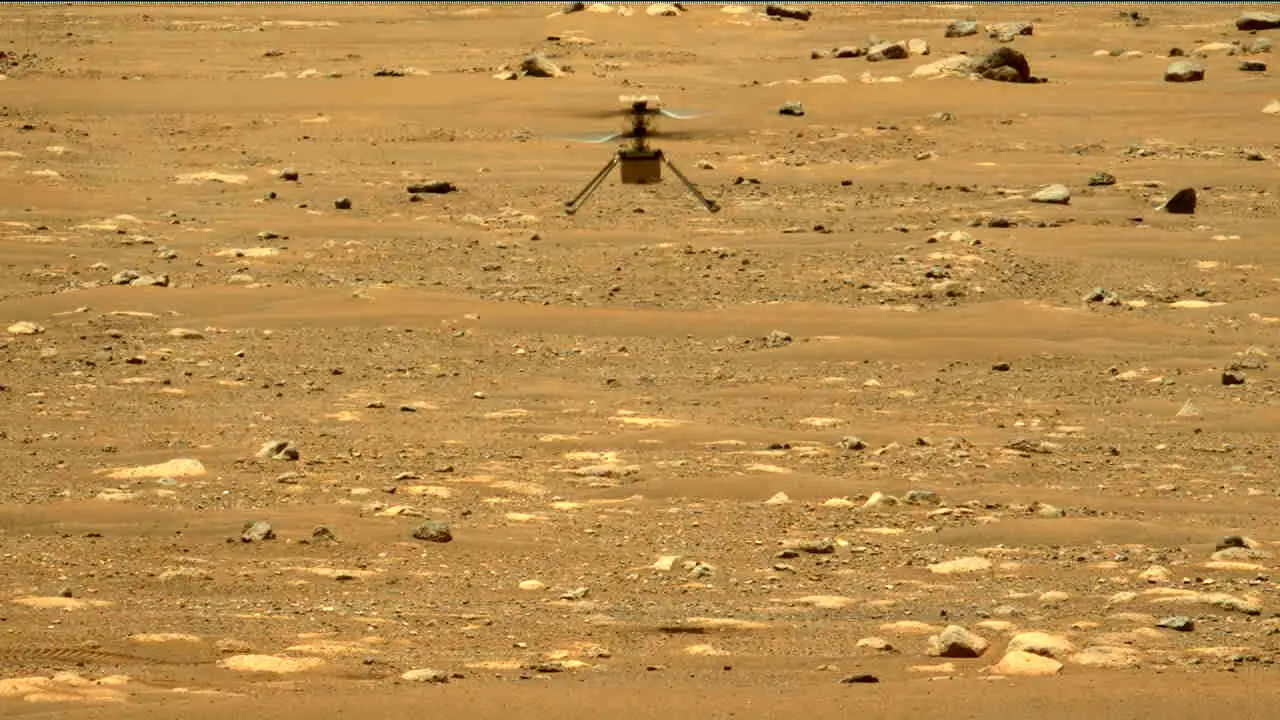
The initial goal of Ingenuity was for brief demonstration flights in a narrow area of the Jezero Crater, but later reconnaissance flights proved that the aircraft could fly longer distances, according to Hamilton. On July 5, the longest flight, Flight 9, was 2,051 feet long, about seven football fields long.
Large groups of engineers, scientists, and technicians are brought together for space missions, and they labor under extreme pressure for years. According to Ray Arvidson, professor of Earth and Planetary Sciences at Washington University in St. Louis, the termination of such partnership may be emotionally draining. Since Viking landed on Mars in 1976, he has been a part of every expedition there.
“Tears are not uncommon at the conclusion of such a trip,” Arvidson said in an interview, “but I think the majority of the emotion is from a feeling of success — of pleasure with a job well done.” “You will, however, miss your teammates. We sort of grew up along with the rovers, Spirit and Opportunity, over the course of two decades.”
“We became old and grey together,” Arvidson remarked, laughing.
Teddy Tzanetos, the Ingenuity project head, stated in an interview from the Jet Propulsion Laboratory that NASA has no clue how long the helicopter will survive. Engineers anticipate something to fracture or shatter on Mars as a result of high-temperature swings, but they can not say when.
Meanwhile, NASA leadership has admitted that extending the mission would raise the $80 million Ingenuity budget but has emphasized that any increase will be insignificant in comparison to what NASA is learning.
#MarsHelicopter continues to thrive! The mighty rotorcraft completed its 16th flight on the Red Planet last weekend, traveling 116 meters northeast for 109 seconds. It captured color images during the short hop, but those will come down in a later downlink. pic.twitter.com/JCtFCQws0m
— NASA JPL (@NASAJPL) November 22, 2021
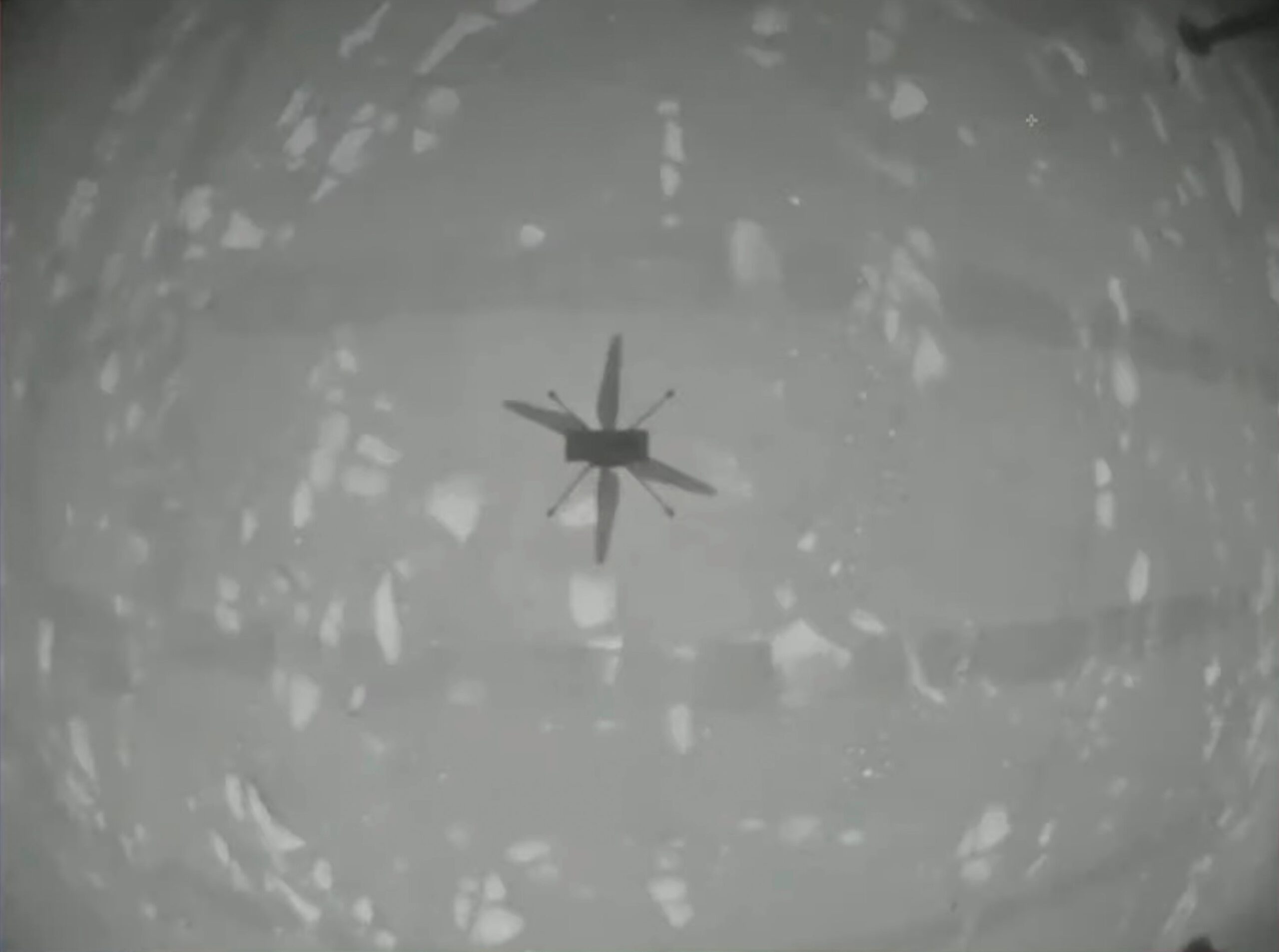
Previous missions, like as the Opportunity rover, which had a budget and design for just 90 days of exploration in 2004, lasted considerably longer than NASA anticipated. It did not stop until approximately 15 years later, in 2019.
“Our new normal is showing up to work every day to organize our next trip,” Tzanetos added. “I am confident we will all miss that final flight when it comes, whenever it happens. However, there will be a huge celebration of all the achievements.”
Tzanetos also contributes to NASA’s design studies on a possible new Martian aircraft, dubbed Mars Science Helicopter or Mars Heli. That aircraft might feature twin or perhaps six rotors, similar to Ingenuity.
The legacy of ingenuity has aided studies on future Mars aircraft, according to Hamilton, who added that future Mars drones may feature rotors and wings to enhance their flying range.
“Ingenuity transformed planetary exploration merely by flying for the first time in April,” Hamilton said, “but its other achievements have pushed the technology much farther.”
“It has shown autonomous landings in new regions — a type of moving ahead and landing and investigating, which implies the tempo of future exploration will be significantly different.”

